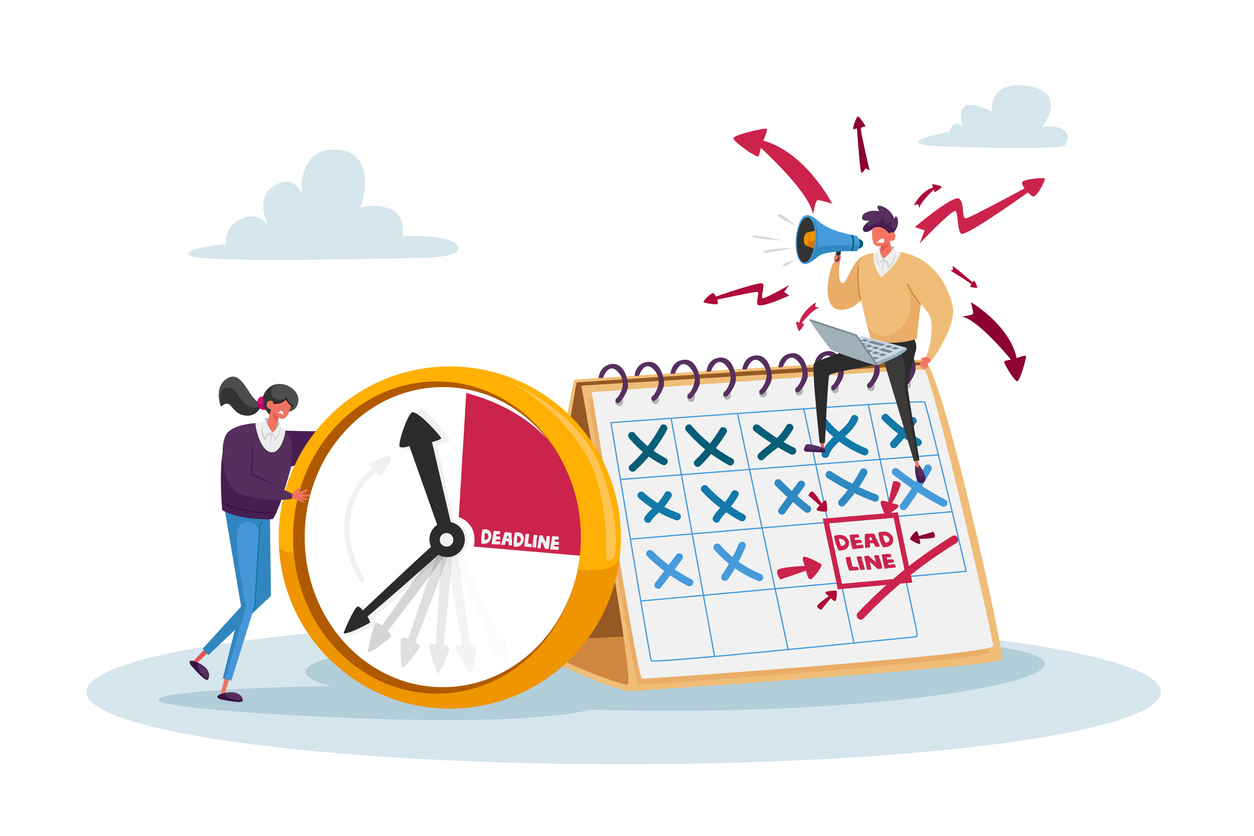Doing more with less: 5 strategies for more efficient, less stressful comms
Communicators are expected to wear not just many hats but every hat, and to wear them all happily without a hint of resistance. What can you do?

If orange is the new black, and fifty is the new forty, doing more with less is the new work normal. Expectations are up, resources are down. This seems universally applicable to communicators regardless of where they reside: company, nonprofit, government, or agency. Employees leave, positions aren’t rehired and the work simply shifts to remaining staff. Work responsibilities significantly increase (congratulations) without adding people or funds (uh oh). Communicators are expected to wear not just many hats but every hat, and to wear them all happily without a hint of resistance.
What can you do?
- Focus on self-care first. It can feel absolutely overwhelming to do great work when you’re overrun and underappreciated. When you’re burned out, your productivity will plummet. So, unless it’s a life-or-death comms matter—saving Private Ryan or evacuating before an alien invasion—pace yourself and prioritize your health and wellbeing. Get enough sleep, arrange regular health appointments, drink water (not just coffee), find time for physical activity, and spend time with people who bring you joy. Even taking a quick walk to decompress can clear your head and boost your creativity.
- Clarify priorities with leadership and ensure you know what success looks like. Your manager may still want it all. If you can’t influence your workload, prioritize projects together or suggest completing work in phases (as many phases as it takes). Focus on a few key projects each day or week. Most importantly, keep your eyes on the prize as this isn’t a democracy and you don’t always get a vote. If your annual performance evaluation is dependent on certain deliverables, complete that work first. You have limited time and it’s got to count.
- Conduct a quick communications audit and measure return on investment. Creating clever TikTok videos may be what gets you out of bed in the morning, but is it aligned with your organization’s key priorities? Data can illuminate what to stop doing—and what to do more. Google Analytics may show abysmal readership of your beloved blog, but your employee resource groups are going gangbusters, uncovering new business opportunities, advancing your organization’s ESG priorities, and increasing morale. For any project, ask yourself if there’s a more efficient or effective way to achieve the same goal.
- Make the case for more resources using facts and data, with your CEO and CFO in mind. Creative communicators’ pleas often fall on deaf ears because leadership is focused on numbers, has more pressing priorities, or doesn’t see communications as a revenue generator—even though the public-facing brand, storytelling and employee engagement are critical to success. Unfortunately, today’s workplace often devolves into “The Hunger Games”, with every department competing for resources. Just get it over with. Build alliances, and do your best to stay alive while wielding data as your weapon. (It doesn’t hurt to be outstanding in your field—think of that story’s protagonist, Katniss, and her archery as you continually work to perfect your skills.)
- Outsource. These days, you often can’t hire more full-time staff despite being woefully under resourced.. Consider contractors, freelancers, agencies, temps, and occasionally paid interns that are willing to flex up and down with your needs. Temporary or contract support may get the budget greenlight from your leadership versus an FTE with benefits. Ensure contract work deliverables and timelines are clear, plus, consider a low-cost test project to see if it’s a mutual fit.
You can’t control others, but you can take control of your own choices. That means taking care of yourself and continually enhancing your skills, while deploying data and proven strategies to prioritize your work and maximize your results.
Amanda Ponzar is the chief communications & strategy officer at CHC: Creating Healthier Communities. Connect with her on LinkedIn.






